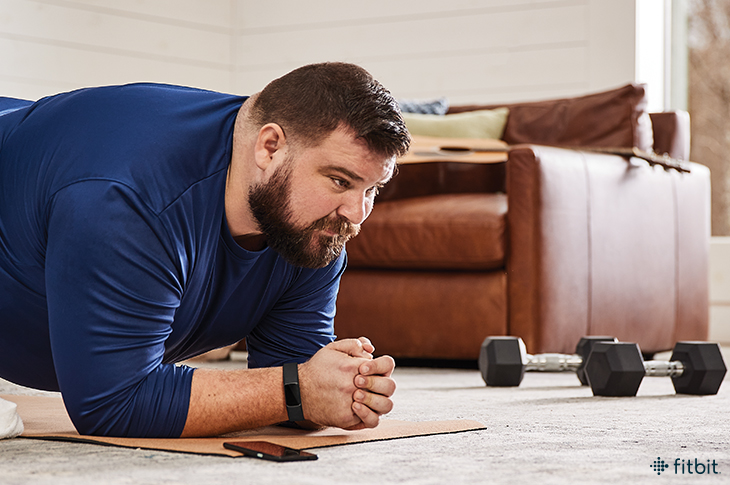If you were to stop and ask 100 people on the street if they felt like they were busy, overwhelmed, or over-scheduled, chances are, the vast majority of them would give you a resounding “YES.”
Between balancing work and social obligations, taking care of household responsibilities, and trying to find enough time to actually get a good night’s sleep, people are more pressed for time than ever. Which is why it’s no surprise that the mini workout is on the rise.
Mini workouts are becoming the go-to choice for everyone from time-stretched professionals to busy working parents. But what, exactly, is a mini workout? What are the benefits? And how can you make sure you’re maximizing the impact of your workouts—no matter how mini they may be?
What is a mini workout?
A mini workout is, as the name suggests, a miniature version of a workout session. While “standard” exercise sessions generally last anywhere between 45 minutes to an hour, a mini workout is much shorter—think 10 or 15 minutes.
Mini workouts have become increasingly popular with people who want to stay fit and healthy, but just don’t have the time to commit to working out for an hour at a time.
What are the benefits of mini workouts?
Arguably the biggest benefit of mini workouts is that they can fit into any schedule. Rather than trying to find a large chunk of time on your daily calendar to devote to the gym, you can instead identify quick breaks in your schedule—and power through a workout between meetings or picking your kids up from school.
Not only are mini workouts more schedule-friendly, but powering through a mini workout can have a serious impact on your motivation. “[When people complete mini workouts], they feel accomplished and they begin to realize that they can fit fitness into their life,” says certified personal trainer Stephanie Thomas. That sense of accomplishment can then propel them to continue on their fitness journey.
Mini workouts can also be a great way to combat a sedentary lifestyle—without requiring a ton of effort. “If you’re sitting for much of the day, doing a mini workout every few hours is a great way to add movement to your day,” says Alina Kennedy, strength and conditioning specialist and owner of Bloom Fitness NYC.
Another benefit of mini workouts? They can also help with your mood, as the short bursts of exercise deliver “small endorphin boosts throughout the day,” says Thomas.
Plus, when you’re only working out for 10 to 15 minutes at a time, you can fit in more mini workouts throughout the day—which can often result in more active minutes per day than if you dedicated an hour to the gym. “Doing mini-workouts throughout the day accumulates to a lot of exercise…[often] more than you would do if you only did big workouts,” says Kennedy.
How to make the most of your mini-workouts
Want to squeeze the most out of every workout—even when you’re short (or super short!) on time? Here’s how to make the most out of every mini workout:
Choose the right exercises. The entire point of a mini workout is that it’s supposed to be fast and convenient—so make sure you choose exercises that reflect that. The best exercises are the ones “that you know you can do anywhere, without any equipment,” says Kennedy.
In addition to cardio (like going for a quick jog), “things like bodyweight squats, lunges, planks, jumping jacks and stretches are perfect for a mini workout.”
Focus on form. In order to see results, you need proper form. So instead of trying to fit as much exercise as possible into your mini workout, try focusing on doing fewer exercises with better form. “Exercises are all about quality, not quantity,” says Thomas.
Use AZM’s to hit your goals. The American Heart Association recommends adults get at least 150 minutes of moderate-intensity aerobic activity or 75 minutes of vigorous aerobic activity per week—but it can be hard to know if and when you’re logging those minutes during your mini workouts.
Fitbit automatically creates three personalized Active Zones based on your age and resting heart rate—then tallies your Active Zone Minutes (AZM) based on how much time you spend in each zone. Different types of mini workouts will help you rack up points in different zones; for example, 10 minutes of yoga will likely put you in the fat burning zone, a jog will put you in the cardio zone, while a HIIT workout is likely to garner at least a few minutes in the peak zone.
At the end of the week, you can see how many AZM’s you accumulate—and make sure it’s in line with the AHA’s recommendation.
The post The Rise of the Mini Workout and Is It Effective? appeared first on Fitbit Blog.
